Description
Shah Abbas I, who was the greatest and most famous Safavid king, moved the capital from Qazvin to Isfahan and ordered the construction of large workshops that were established for the purpose of weaving court carpets. These large workshops were active in all important cities of Iran, Tabriz, Kashan, Kerman, Yazd, Herat and Joshghan. A large number of activist centers have continued to operate since then and have produced valuable handwoven carpets. The innovation of Safavid carpets goes back to the use of curved designs, which requires a great ability of the weaver to create these designs, and especially the use of a map. Court artists were tasked with creating coordinated designs for carpets, ceramics, and miniatures to create a new style and luxurious effect. The texture of the carpet in the Safavid period is also documented by many documents and evidences that are kept in collections and museums today and are infinitely diverse. But among them, you can also find common technical features and training models and designs.
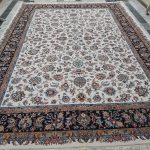
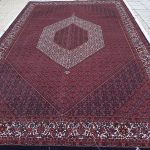
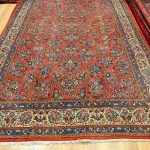
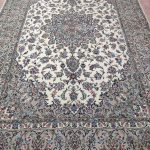
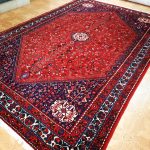
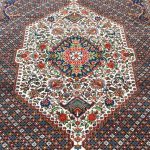

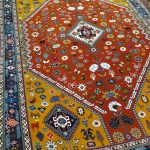


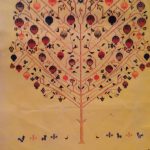
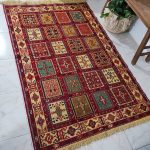
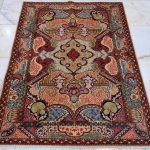
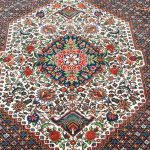

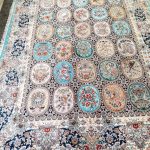
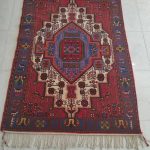
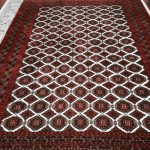
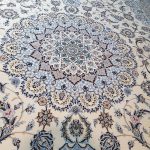
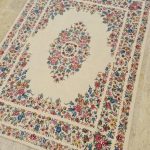
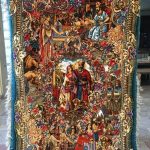
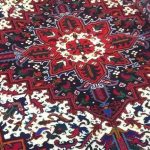
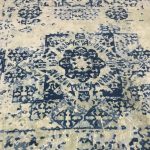
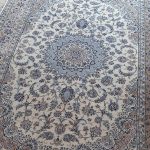

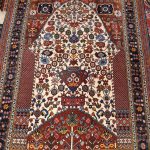

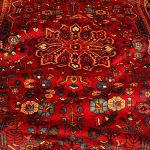
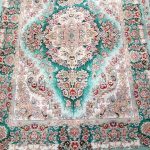
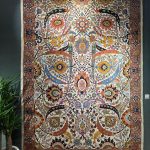
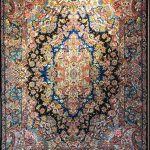
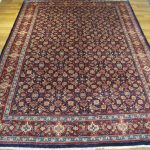
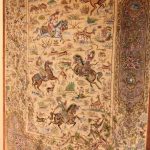

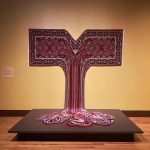
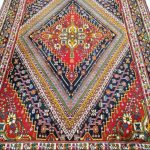
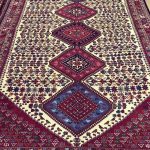
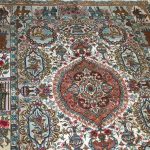





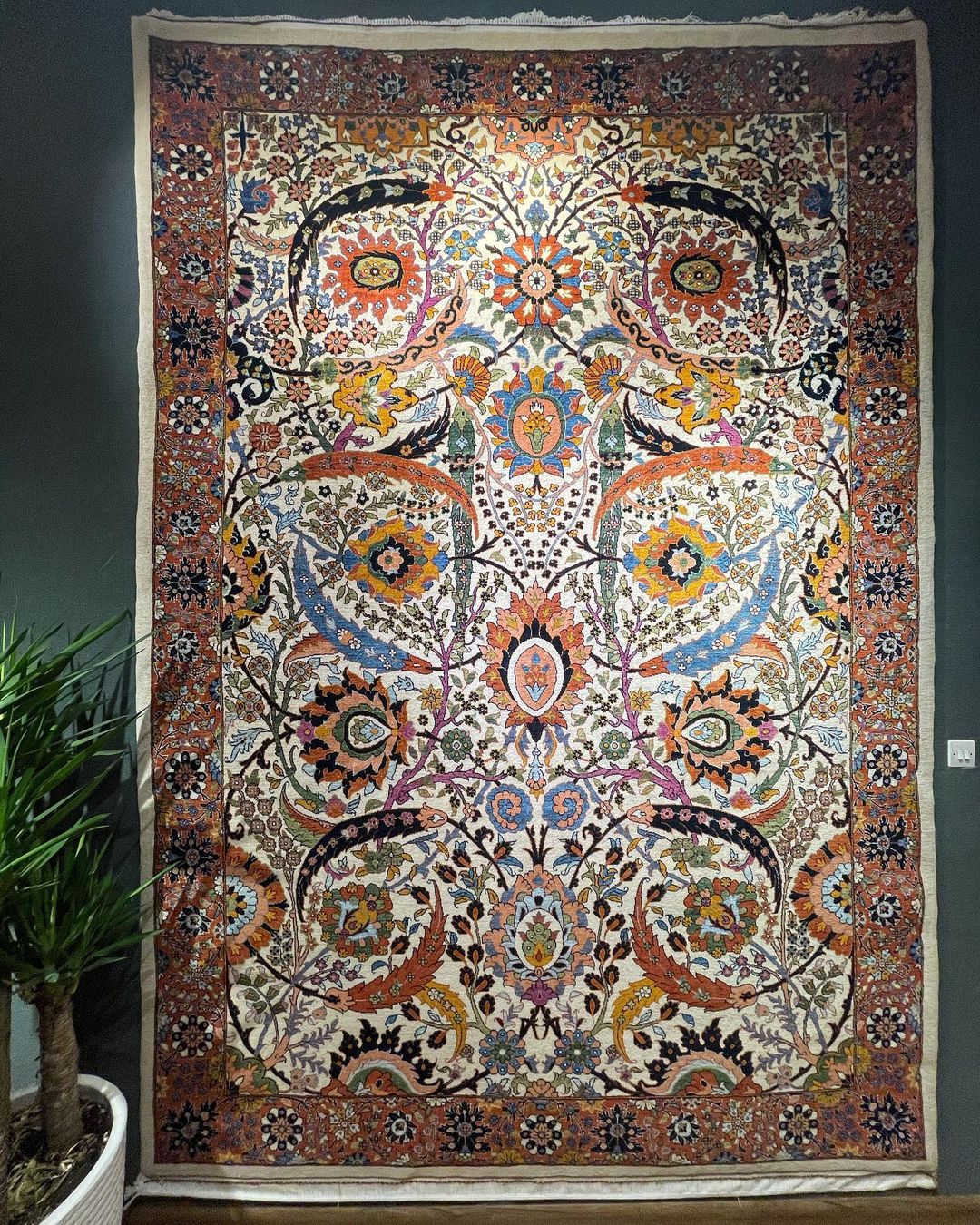

Reviews
There are no reviews yet.